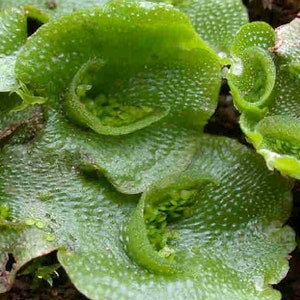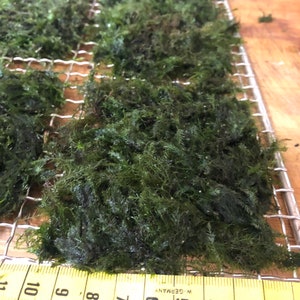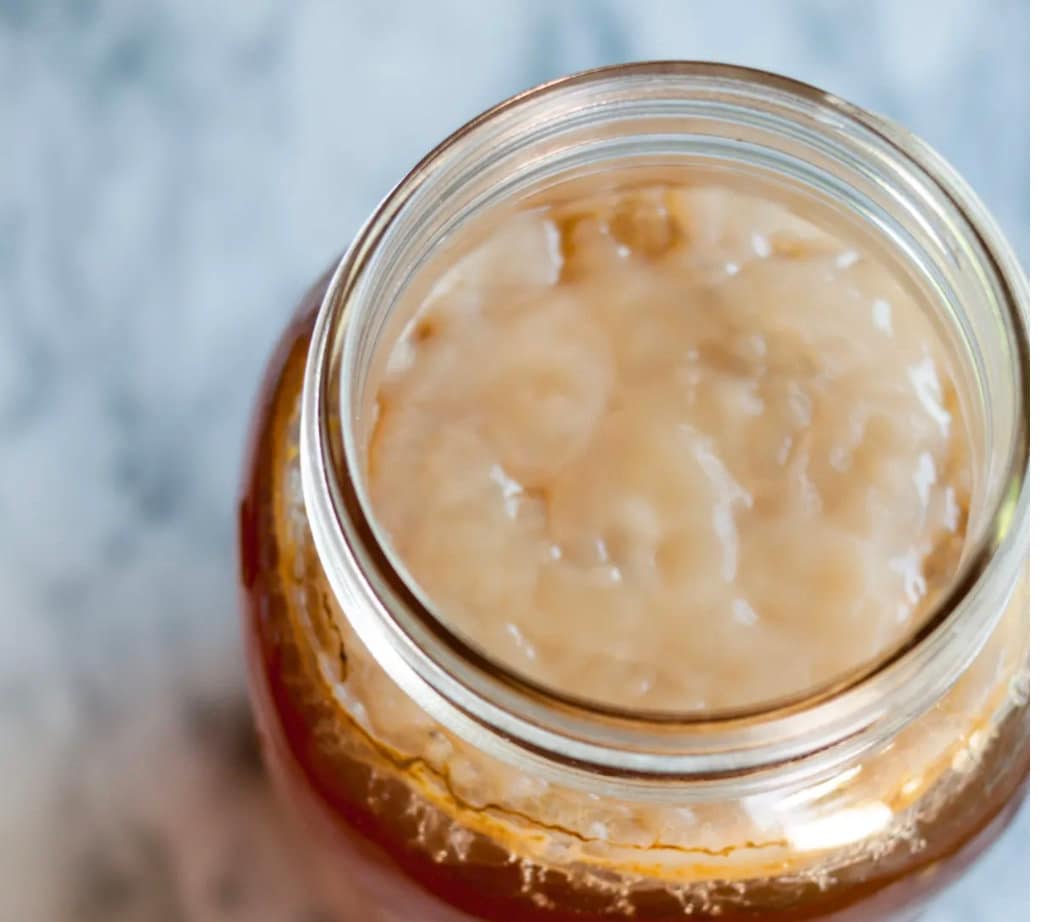
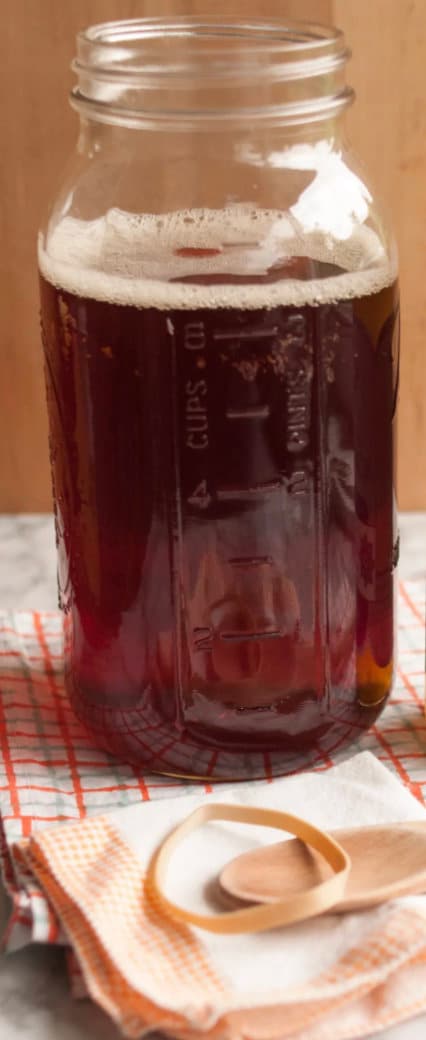
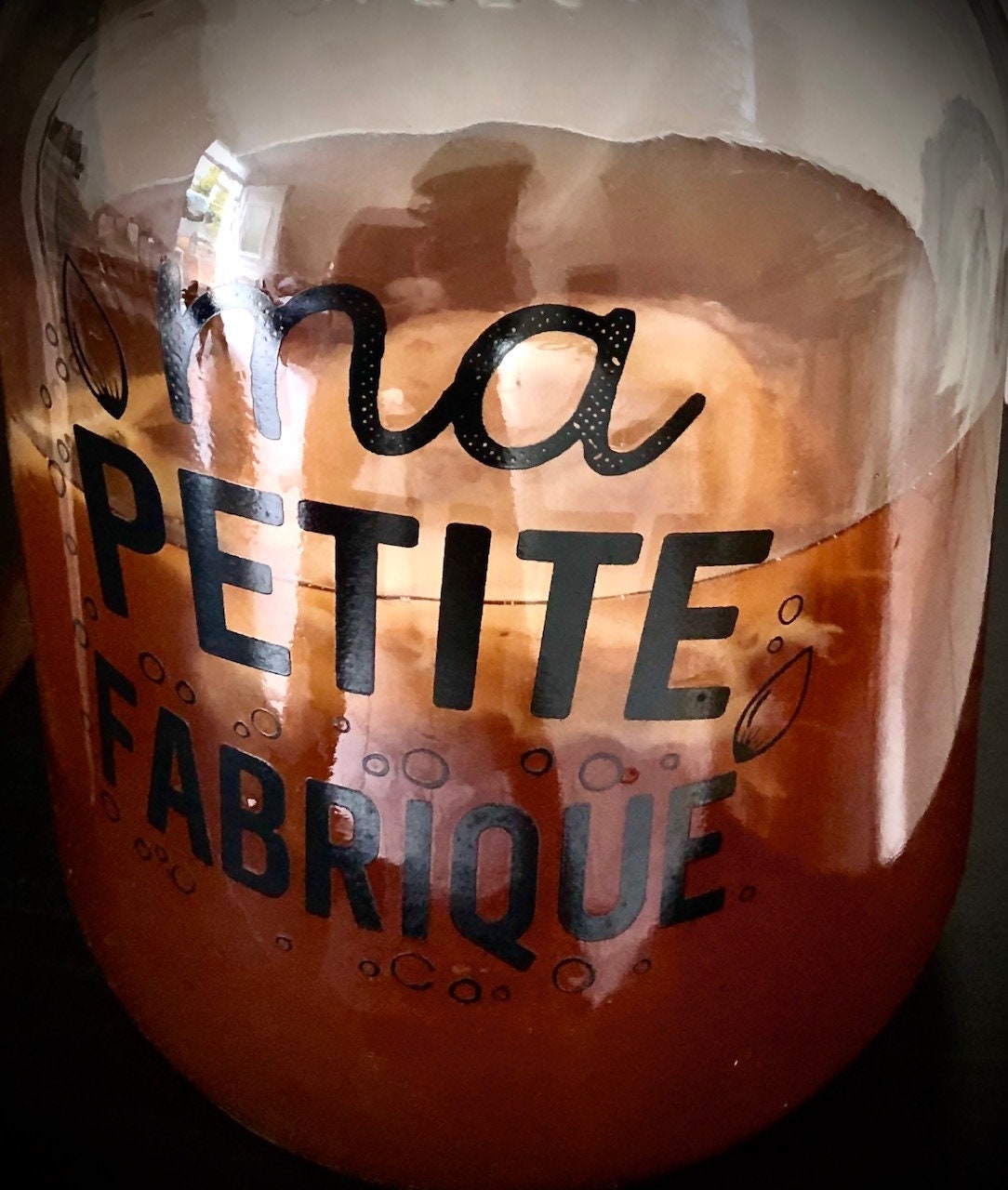
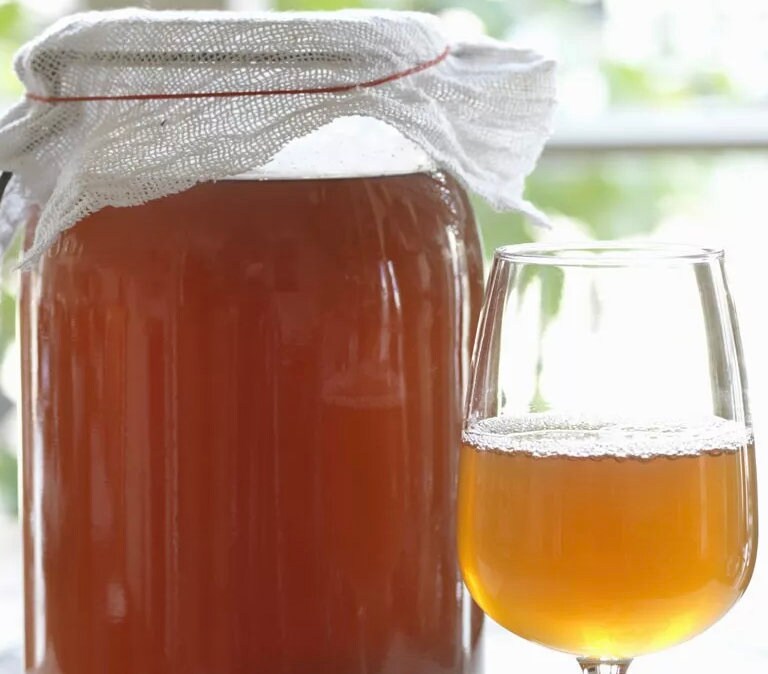
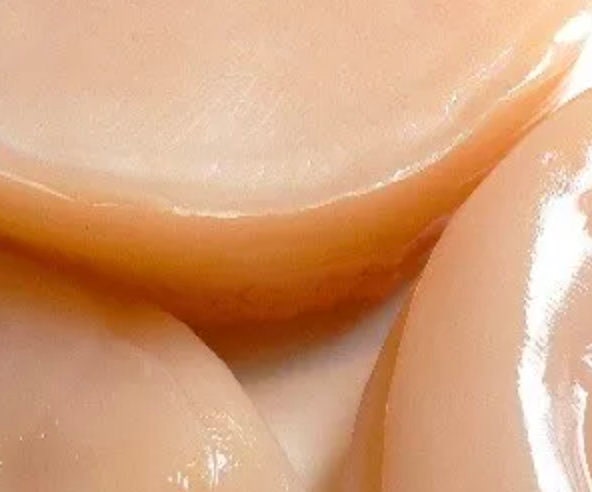
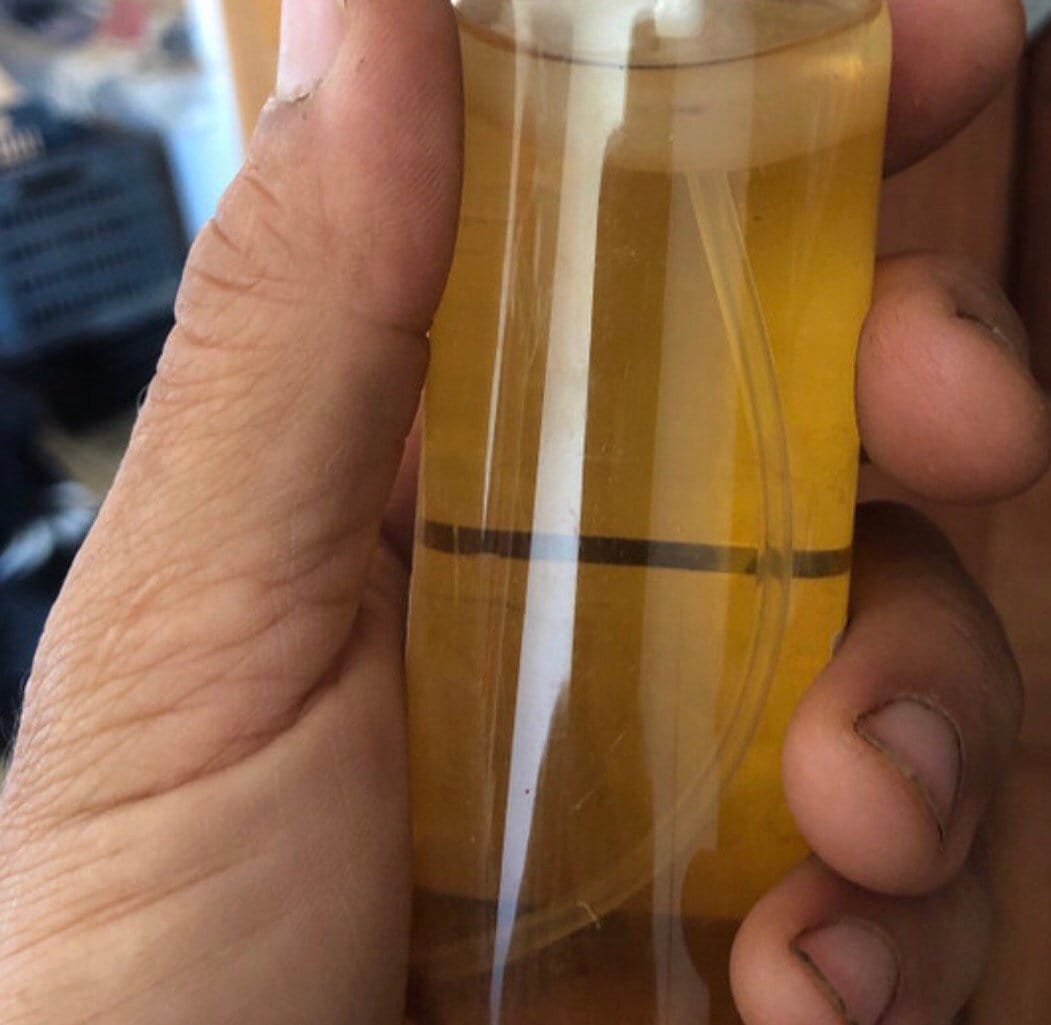
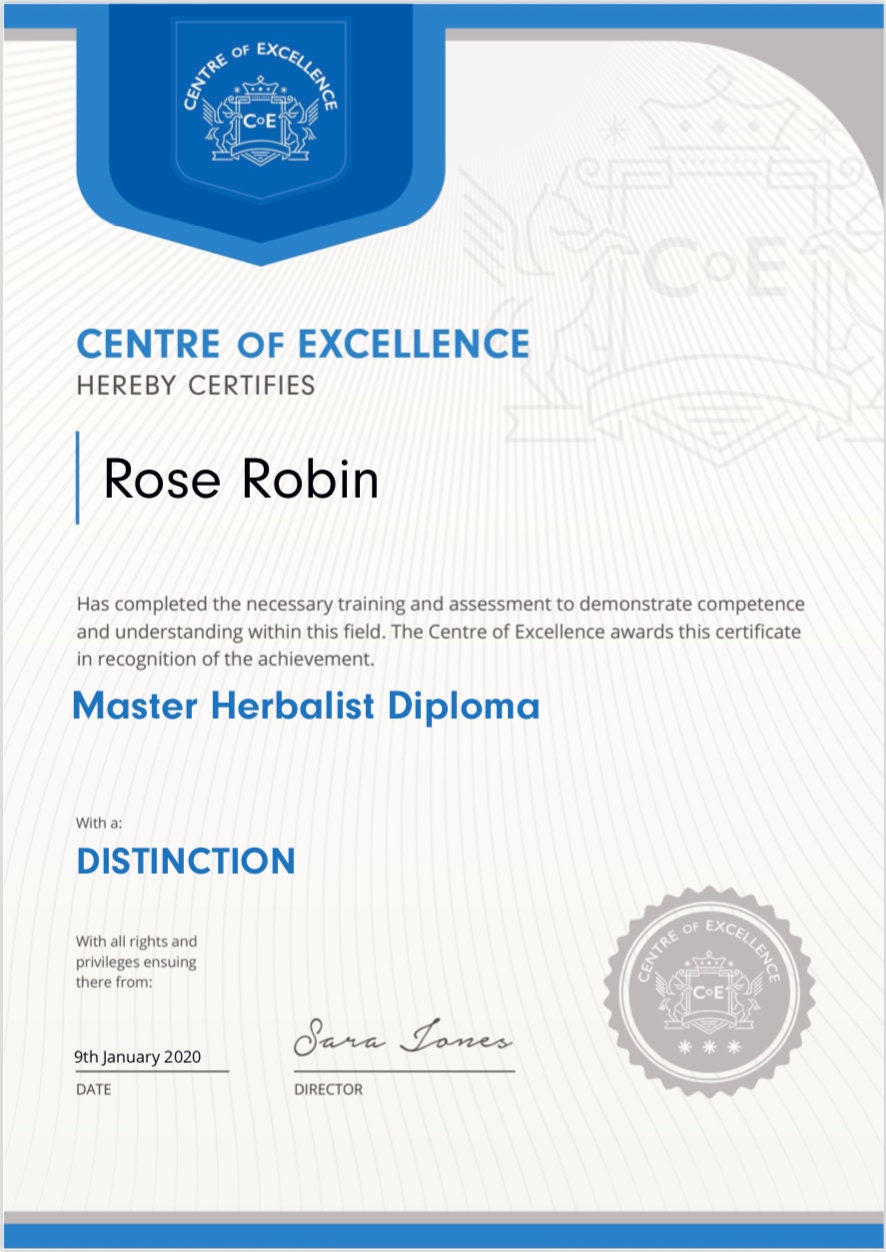
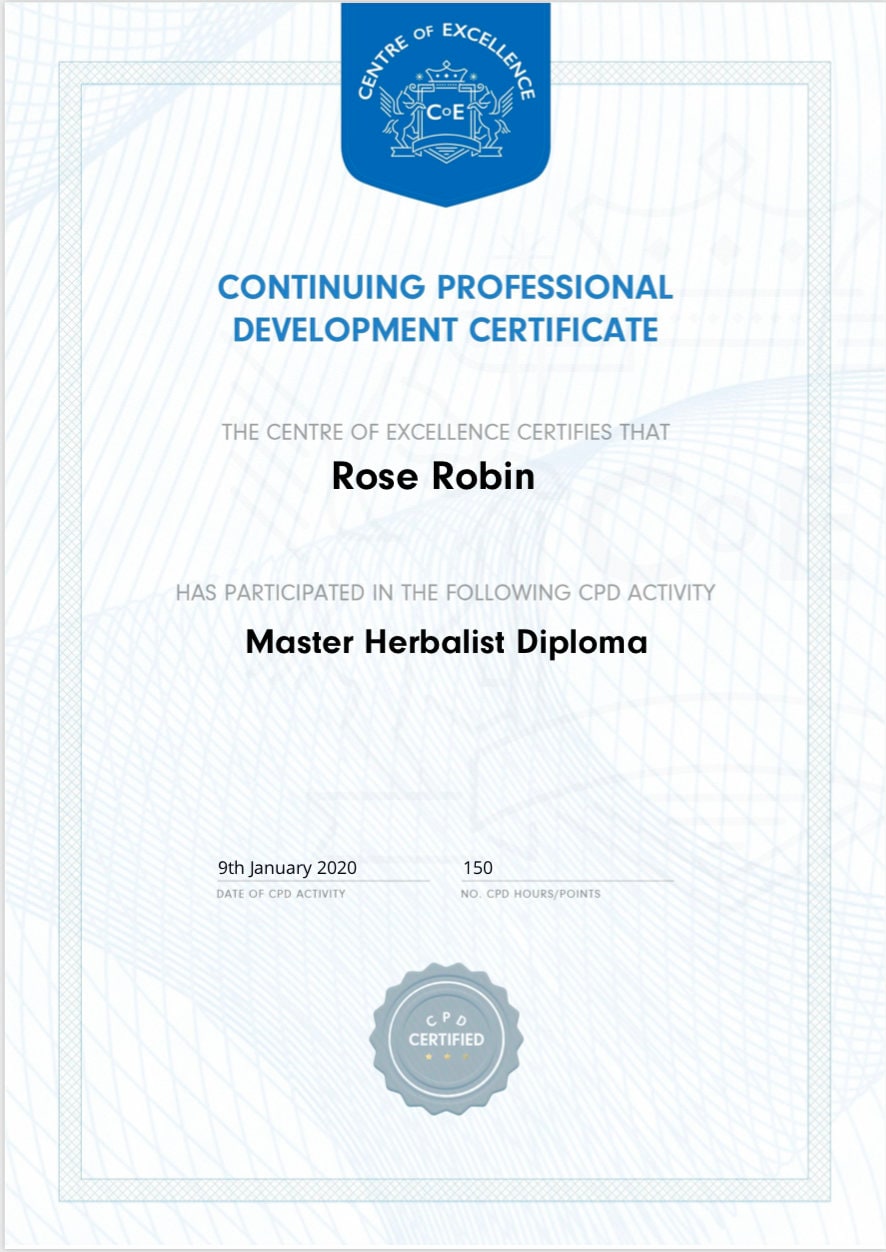
fermenting
Kombucha Scoby probiotic drink, organic, raw, make your own !
$4.88
-
DetailsWe sell both kombucha scoby and a liquid power culture of 15ml which has the right PH to get your culture started fast, which is great if you what to make a large quantity of kombucha fast!
Your order will be packed safely and sent with a tracking number so you can follow your order travels to you :)
There’s really no arguing that it’s ugly. And kind of alien-looking. And yeah, even downright gross. But dang it! Scobys make some delicious kombucha! If you want to save a few bucks on your ‘booch habit, there’s just no getting around it. You’re going to need a scoby.
What is a Scoby?
“Scoby” is actually an acronym: Symbiotic Culture Of Bacteria and Yeast. And that’s exactly what it is! A scoby is the living home for the bacteria and yeast that transform sweet tea into tangy, fizzy kombucha — think of the scoby as the coral reef of the bacteria and yeast world. It's a rubbery raft that floats on the surface of the kombucha. Aside from being a home for yeast and good bacteria, the scoby seals off the fermenting kombucha from the air and protects it from outside, undesirable bacterias while it’s fermenting.
A Kombucha mother culture made in 1 liter-sized jar, sent to you in packing bag. Allowing you to generate Kombucha drink every 7 days. For a quality probiotic drink.
Kombucha is a drink obtained by fermenting sweet tea using a specific set of microorganisms living in symbiosis within what is known as the Kombucha mother culture. A Kombucha mother culture, contrary to the beliefs of many people, is not a fungus, but a community of bacteria and yeasts coexisting in symbiosis. Some of the bacteria in this community produce the discs typical of Kombucha cultures, these are only exo-polysaccharides derived from the processing of various nutrients from the liquid fermented by these bacteria.
INSTRUCTIONS
- Make the sweet tea. Bring the water to a boil. Remove the pan from heat and stir in the sugar until it is completely dissolved. Add the tea and allow to steep until the tea cools to room temperature. Remove and discard the tea. (Alternatively, boil half the amount of water, dissolve the sugar and steep the tea, then add the remaining water to cool the tea more rapidly.)
- Combine the sweet tea and kombucha in a jar. Pour the sweet tea into the jar. Pour in your "baby scoby" Stir to combine.
- Cover and store for 1 to 4 weeks. Cover the mouth of the jar with a few layers of tightly-woven cloth, coffee filters, or paper towels secured with a rubber band. (If you develop problems with gnats or fruit flies, use a tightly woven cloth or paper towels, which will do a better job keeping the insects out of your brew.) Place the jar somewhere at average room temperature (70°F), out of direct sunlight, and where it won't get jostled. Sunlight can prevent the kombucha from fermenting and the scoby from forming, so wrap the jar in a cloth if you can't keep it away from sunlight.
- First, bubbles will gather on the surface. For the first few days, nothing will happen. Then you'll start to see groups of tiny bubbles starting to collect on the surface.
Then, the bubbles will collect into a film. After a few more days, the groups of bubbles will start to connect and form a thin, transparent, jelly-like film across the surface of the tea. You'll also see bubbles forming around the edges of the film. This is carbon-dioxide from the fermenting tea and a sign that everything is healthy and happy!
- The film will thicken into a solid, opaque layer. Over the next few days, the layer will continue to thicken and gradually become opaque. When the scoby is about 1/4-inch thick, it's ready to be used to make kombucha tea — depending on the temperature and conditions in your kitchen, this might take anywhere from 1 to 4 weeks.
The finished scoby: Your finished scoby might look a little nubbly, rough, patchy, or otherwise "not quite like a grown-up scoby." It's ok! Your scoby will start to smooth out and take on a uniform color over the course of a few batches of kombucha — take a look a the before and after pictures of a baby and grown-up scoby in the gallery above.
Using Other Sugars: Scobys form best if you use plain, granulated table sugar. Organic sugar is fine, but avoid alternative sugars or honey.
Substituting Other Teas: Plain black tea is the best and most nutritious tea for scoby growth. For this step of growing a new kombucha, use black tea if at all possible; you can play around with other teas once you start making kombucha regularly.
Troubleshooting
Your scoby is forming normally and is healthy if... You see bubbles, clear jelly-like masses, opaque jelly-like masses, stringy or gritty brown bits. Also if the tea smells fresh, tart, and slightly vinegary (this aroma will become more pronounced the further into the process you go).
Your finished scoby is normal and healthy if... It's about a quarter-inch thick and opaque. It's fine if the scoby is bubbled or nubbly or has a rough edge. It's also ok if it's thinner in some parts than others or if there's a hole. Your scoby will become smoother and more uniform as you brew more batches of kombucha.
There is a problem if... You see fuzzy black or green mold growing on top of the forming scoby, or if your tea starts to smell cheesy, rancid, or otherwise unpleasant. In any of these cases, bad bacteria has taken hold of the tea; discard this batch and start again with a fresh batch.
In order to make more Kombucha again, just start the cycle again with - prepare the recommended amount of tea according to the instructions and allow it to cool to room temperature.
If you do not want to prepare Kombucha continuously, you can slow down the pace by placing it in the refrigerator and increasing the fermentation time. -
Shipping & Policies
Shipping from France
Processing time
1-3 business days
Customs and import taxes
Buyers are responsible for any customs and import taxes that may apply. I'm not responsible for delays due to customs.
Payment Options
Returns & Exchanges
I gladly accept returns, exchanges, and cancellations
Just contact me within: 14 days of delivery
Ship items back to me within: 30 days of delivery
- Custom or personalized orders
- Perishable products (like food or flowers)
- Digital downloads
- Intimate items (for health/hygiene reasons)
- Items on sale
Conditions of return
Buyers are responsible for return shipping costs. If the item is not returned in its original condition, the buyer is responsible for any loss in value.
Questions about your order?
Please contact me if you have any problems with your order.

